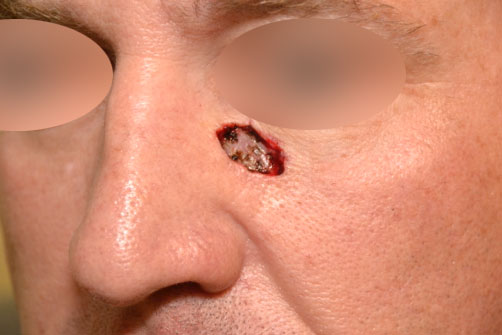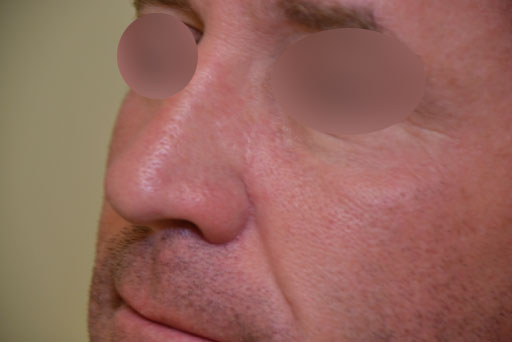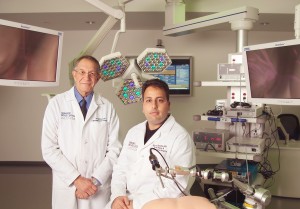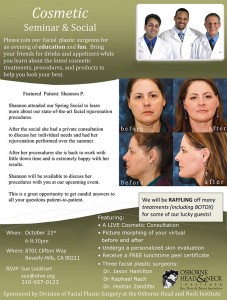- Folded Ear in Newborns: Treatment Options - April 11, 2018
- Newborn Ear Deformity: What Can Be Done? - April 11, 2018
- Ear Molding: An Overview - November 2, 2017
- Otoplasty for Protruding Ears - September 26, 2017
- Basal Cell Carcinoma: Facial Reconstruction Timing - September 26, 2017
- Clinical Considerations of Mohs Reconstruction of Cheek Defect - September 26, 2017
- Basal Cell Carcinoma: Nasal Bridge Reconstruction - September 26, 2017
- Skin Cancers Involving the Eyebrow: Clinical Considerations - October 3, 2016
- Treatment of Multiple Skin Cancer Lesions - June 1, 2016
- Skin Cancer: Nasal Reconstruction and Scar Management - June 1, 2016
- India Medical Mission 2018 - November 1, 2018
- Sleep Disorders: Sleep Apnea and Upper Stimulation Therapy - August 25, 2015
- The Naked Vocalist Podcast Featuring Dr. Reena Gupta - May 27, 2015
- New Therapy for Sleep Apnea – First Sleep Pacemaker placed in California at Osborne Head and Neck Institute. - December 12, 2014
- Boxer’s Ear: Can your ear explode? - December 12, 2014
- Nose Picking (Rhinotillexis) and Septal Perforations: Why I should stop picking my nose…? - November 24, 2014
- Deviated Septum and Septal Perforation - July 28, 2014
- Hereditary Hemorrhagic Telangiectasia: Nasal Septal Perforation Repair - June 25, 2014
- Dr. Mantle recognized at the Beverly Hills Medical Science Academy Awards - May 8, 2014
- Commonly Misdiagnosed Pathologies: Arteriovenous Malformations - April 9, 2014
Case Report
Male in his 50s was diagnosed with basal cell carcinoma of the left cheek, just below the eyelid. He underwent Mohs surgical excision of this cancer and was referred to Dr. Zandifar for closure of the large resultant defect. Patient was seen and defect surgically corrected. After 3 months the scar is not noticeable with there is no change in the position of the eyelid.


Discussion
Defects of the cheek after excision of skin cancer, can pose various challenges depending on their location. For example, closure of defects close to the eyelid can cause change to the shape of the eye and difficulty with eye closure. Repair of defects closer to the lip can also cause changes in eating and lip closure. Furthermore, the cheeks occupy a large surface area of the face and offer few if any natural lines and wrinkles to hide scars. Appropriate planning is key to obtaining a cosmetically acceptable scar. The trained reconstructive surgeon must have the experience to address these factors when performing closure of any cheek defects.
Surgeons’ Comments
Dr. Hootan Zandifar is double board certified by the American Board of Facial Plastic and Reconstructive Surgery and the American Board of Otolaryngology/Head and Neck Surgery. His training gives him the unique ability to address cosmetic and functional issues that arise during reconstructive surgery of the head and neck.



